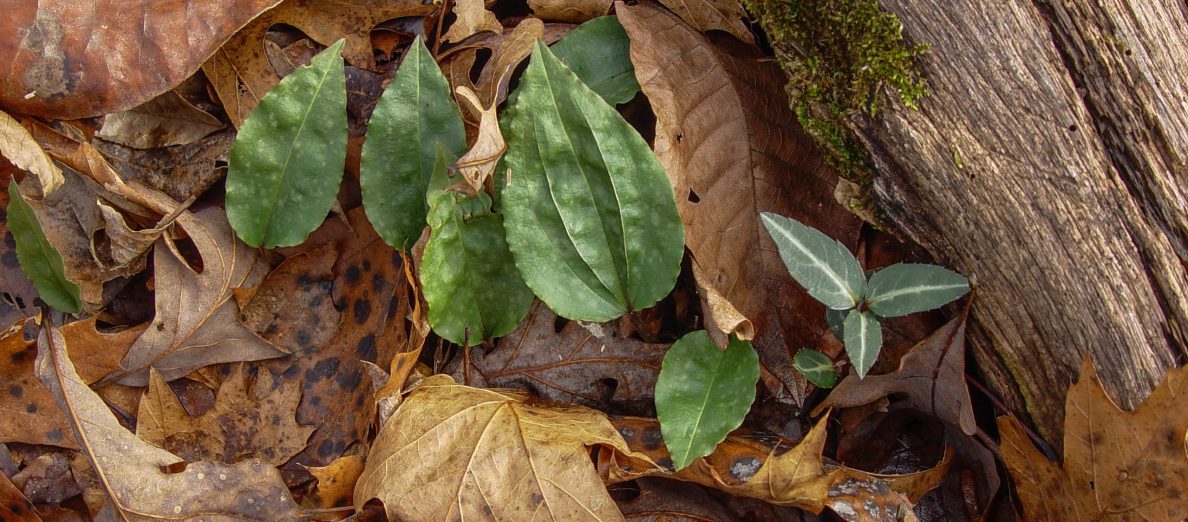
On the next rainy day, put on your raincoat and check out your downspouts. Is there water from your roof gushing from them? If there is, congratulations, they are doing their job! A summer downpour can result in thousands of gallons of water flowing off of your roof. But have you ever wondered where all of that water ends up?
The answer is, it depends on your downspouts. Can you see water coming from the end of the downspout? If you can, does it run onto your sidewalk, patio or driveway? These surfaces are usually considered impervious, so instead of being absorbed into the ground, the rain water runs off. Depending on where you live, runoff ends up directly in a storm drain or joins runoff from neighboring properties and goes into Reedy Creek. Reedy Creek travels from Midlothian Turnpike to the James, passing through Forest Hill Lake on it’s way. Some storm drains empty directly into the James River.
Why does this matter? The number one cause of stream impairment in urban areas is stormwater runoff. Stormwater is the rain, including pollutants from the roof, fertilizer and pet waste from the yard and oil and other chemicals from the street, that runs off the roof and other impervious surfaces into the storm drains. Storm drains are not the same thing as the sanitary drains that carry household waste water to a treatment center. That means that every pollutant the water has picked up along it’s journey goes directly into the river. Not something most people want to wade, kayak, fish or swim in!
We all live in a watershed , so anything the homeowner can do to keep rain water on their property reduces the impact on our streams. Your downspouts make a difference in the amount of stormwater that remains on your property during a rain event. Water that flows off your property during a storm goes directly into the storm drain or adds to the runoff from neighboring properties. That means millions of gallons of water are running into Reedy Creek with enough force to erode stream banks and carry toxic waste, sediment and litter all the way from Midlothian Turnpike to the lake in Forest Hill Park.
How can you the, homeowner, help? Check out your downspouts, where does the water go when it rains? Does it spill onto an impervious surface, such as a brick or concrete sidewalk that directs the water into the street ? If the soil in your yard is compacted, even your lawn will contribute to storm water runoff.
A few easy adjustments can make a difference. Extend a downspout away from your foundation and direct the water to a landscaped area that will catch the rain and keep it on your property, or add a rain barrel to capture the runoff. If your downspout goes into the ground and you are not sure where it goes, assume that it connects to a storm drain. There is a link to the Alliance for the Chesapeake Bay at the end of this article for more information on how to disconnect this type of downspout. A rain barrel attached to a downspout is an ideal way to capture storm water. The water in the barrel can be used to water landscaping or garden areas at a later time. Or, the water can be released slowly after the rain, to keep it from running into the storm drain. Ideally, the storm water should be directed into the garden, or a landscaped area, where the water is absorbed instead of running into the storm drain.
For more information:
http://www.stormwater.allianceforthebay.org
Calculate the amount of water that is coming off of your roof:
https://water.usgs.gov/edu/runoff.html


